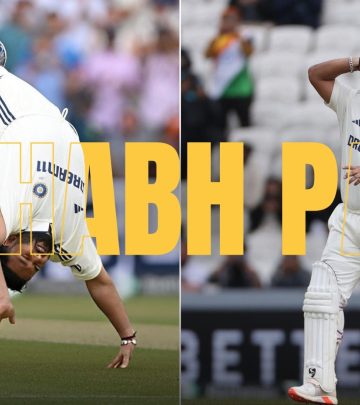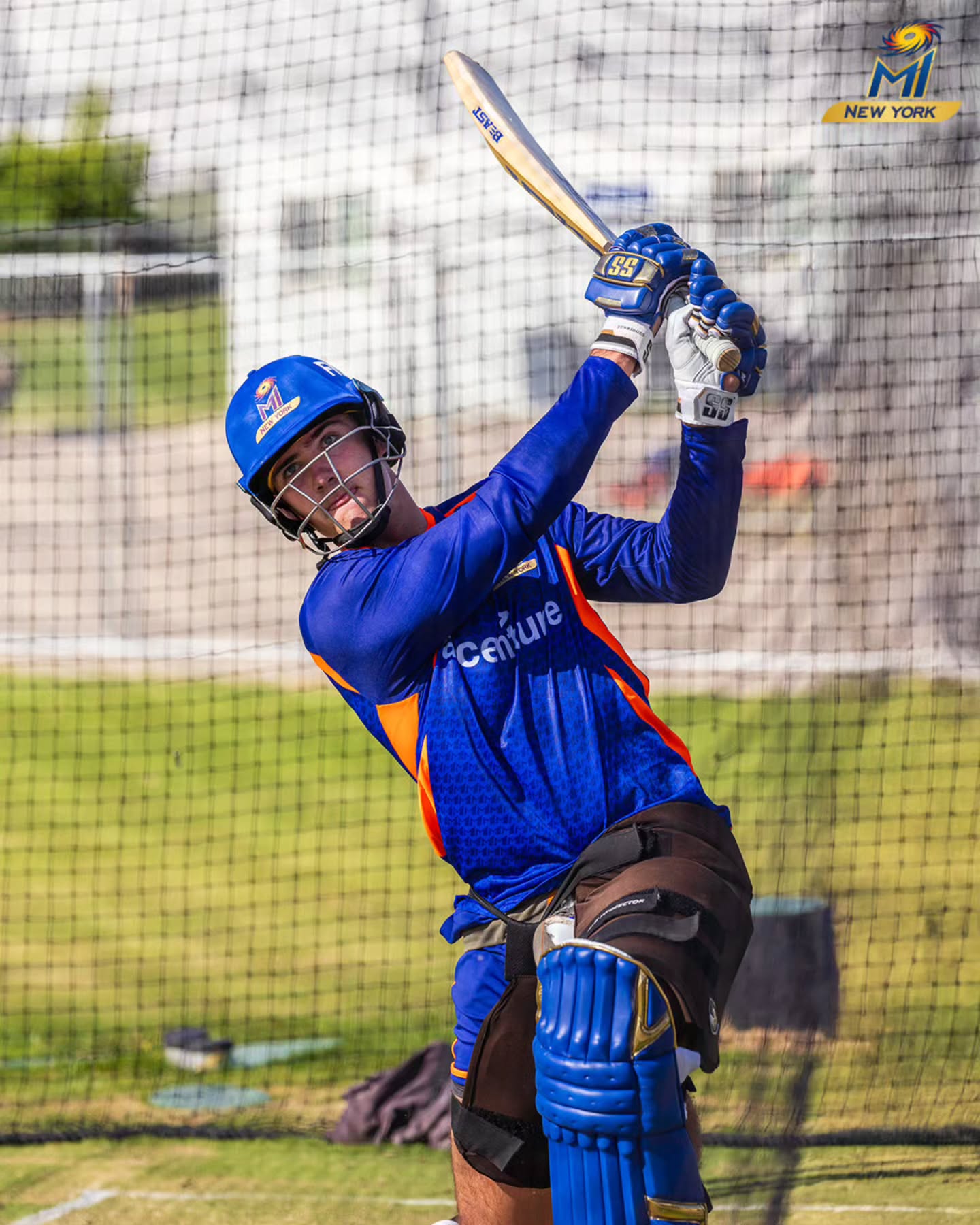Train For Chaos: Bowling Skills In Real-World Turbulence
PaceLab system blends controlled training with match-day chaos for elite fast bowlers!!!!!

Image: Instagram
Cricket is a game of unpredictability—where perfect lab conditions simply don’t cut it. The iconic phrase, “Bowling Doesn’t Happen in a Lab. It Happens in Chaos. Train for That,” resonates deeply with fast bowlers who must perform under pressure in hostile, ever-changing match environments. While traditional biomechanics labs and static drills offer glimpses into technique, they fail to replicate the real-world variability that defines on-field performance. This is where the PaceLab system makes its mark, offering a training regimen that embraces imperfection and chaos to build robust, adaptable bowlers.
Representative Design For Real-world Conditions
The philosophy behind PaceLab training is rooted in what they call REPRESENTATIVE DESIGN. This approach means that every training session is crafted to mimic the instability and rapid changes encountered during match-day fast bowling. Rather than practicing in controlled, sterile conditions, bowlers are subjected to fluctuating loads, weighted balls, precision challenges, and even neural confusion drills. The idea is simple yet revolutionary—if your movement is only perfect in a lab, it won’t hold up under the fatigue of a noisy, unpredictable stadium.
Every aspect of this program emphasizes the importance of training for the unexpected. The system deliberately destabilizes patterns only to rebuild them more resiliently. By setting drop-off thresholds and exposing bowlers to varied contextual stressors, PaceLab ensures that the skills honed during practice are directly transferable to high-pressure match situations. In this environment, true technique is revealed not in flawless performance but in the ability to find stability when everything seems to go wrong.
Fast Bowling Under Pressure
The core of fast bowling is not just about delivering a ball at high speed—it’s about executing your technique flawlessly while under immense pressure. Traditional training that offers perfect repetitions may help with muscle memory, but it falls short when bowlers face unpredictable conditions such as unresponsive pitches, adaptable batters, or sudden shifts in the game’s tempo. According to the PaceLab approach, chaos is more than just noise; it is the very crucible through which elite performance is forged. Precise drills might work for improving mechanics in isolation, but only by training amidst simulated chaos do bowlers develop the resilience needed to win matches.
Steffan Jones And Pacelab Innovation
Steffan Jones, a well-known figure in fast bowling coaching and a recognized advocate of the PaceLab system, has been at the forefront of promoting this innovative training method. With years of experience captured not only through his coaching career but also via his dynamic social media presence, Jones has championed the idea that effective training must reflect game-day realities. His Instagram posts have often highlighted the pitfalls of relying solely on controlled drills. In one memorable post, Jones questioned the conventional wisdom of copying techniques without understanding the chaos of real-match conditions. He emphasized that without structured exposure to imperfection, bowlers end up with skills that are technically correct in theory—but not on the field.
Jones’s approach is backed by robust scientific principles. By using fluctuating loads and integrated recovery cycles, his training programmes make use of what some refer to as deep “attractor wells” in movement patterns. In simpler terms, if a bowler’s technique falls apart under pressure, then it was never truly stable. Instead of striving for an unrealistic ideal of perfection, the PaceLab model trains athletes to remain effective when conditions force them to improvise and adapt. The emphasis is on building a solid foundation that can withstand the storm of real-world cricket.
Embracing Imperfection For Elite Performance
The PaceLab method stresses that chaos is not to be feared but embraced. The unpredictable environment—the sudden roar of a crowded stadium, the variable pitch conditions, the fatigue of a long day’s play—provides the ultimate test of a bowler’s skill. In this light, imperfections are not indications of failure but opportunities for growth. By reconstructing movement patterns under stress, bowlers can fine-tune their technique to become more stable even when everything else is unpredictable.
The attached Instagram image, depicting a bowler in mid-action, encapsulates the spirit of this training philosophy perfectly. It shows not just physical exertion but also the mental focus required to perform in the midst of chaos. The visual narrative reinforces that the journey toward excellence in fast bowling is paved with trials that mimic the true conditions of a match.
In recent posts, Jones has further expanded on these ideas by promoting membership programs that guide bowlers through meticulously structured phases of training. These phases—described in related posts as conjugate, concentrated, and complex—outline how to balance high-intensity sessions with adequate recovery. Such a structured yet flexible system ensures that every drill has a clear purpose, reducing the risk of overtraining in a controlled environment that doesn’t mirror match dynamics.
By integrating scientific research with the practical demands of competitive cricket, the PaceLab system sets a new standard for fast bowling training. It challenges both coaches and athletes to rethink how success is measured—shifting focus from laboratory perfection to on-field resilience. For those who aspire to translate raw skill into elite performance, training for chaos isn’t a choice—it’s the pathway to victory.
Read full bio of Manjari Uppal
























